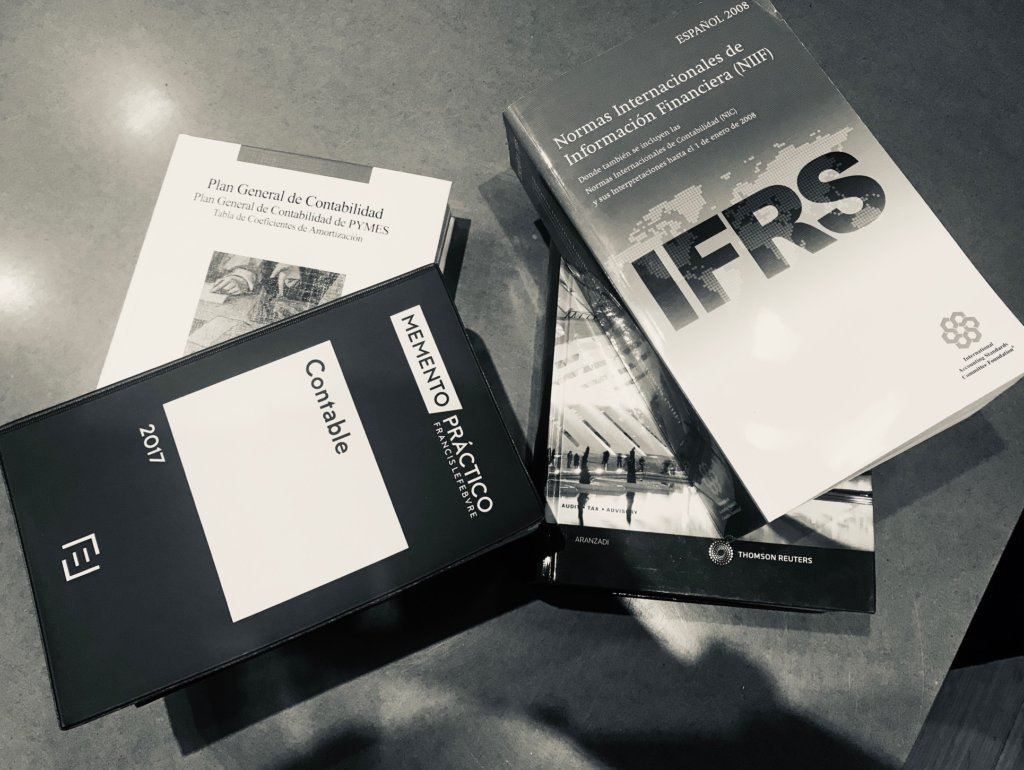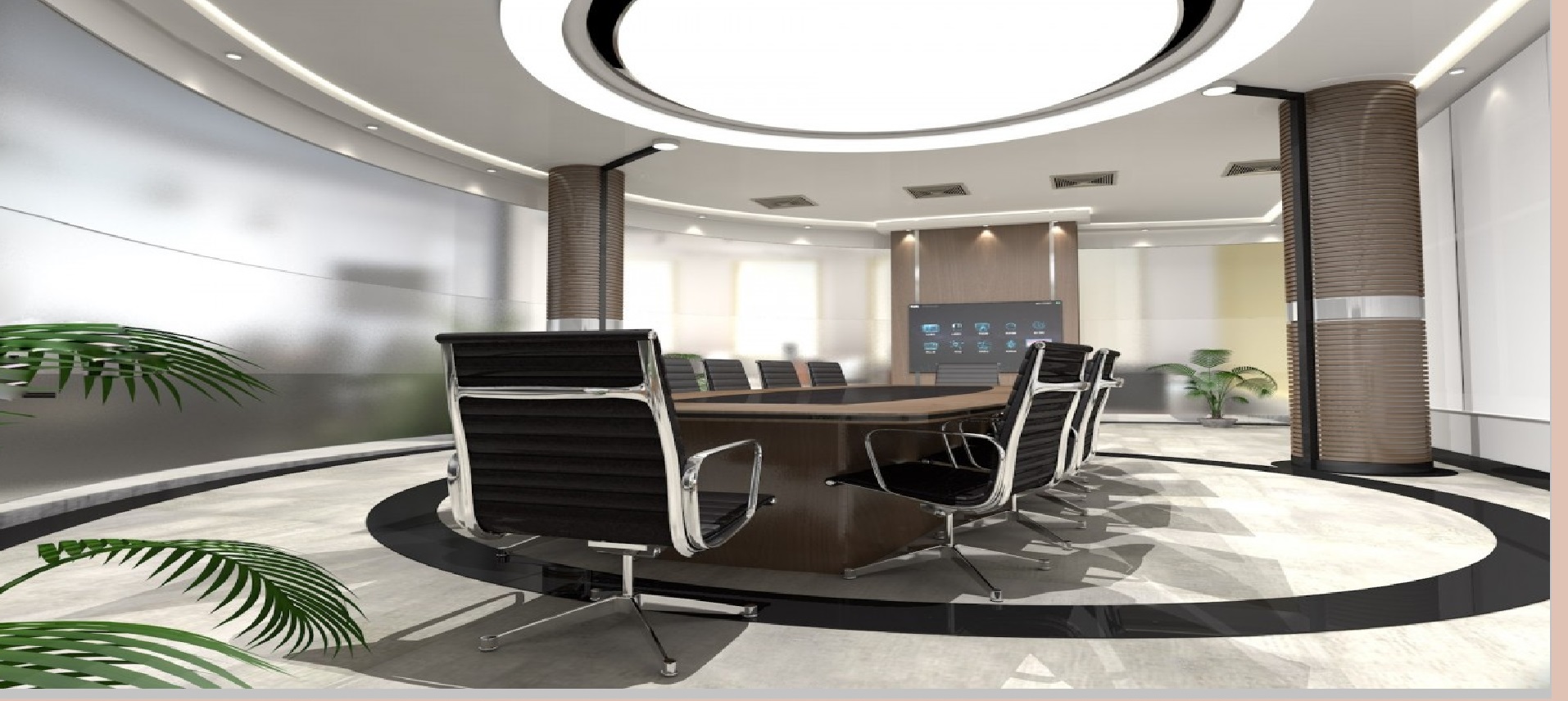
18.11.2020
Financial Goodwill
 Por
González Varadé, Patricia
Por
González Varadé, Patricia Can the the Financial Goodwill be amortized?
Before the 2008 crisis, it was possible and it was amortized.
Spain allowed the amortization of the financial goodwill, in the years before the great crisis of 2008. The financial goodwill is the difference between the book value and the sale value of the shares.
Contacto No te quedes con la duda, contacta con nosotros. Estaremos encantados de atenderte y ofrecerte soluciones.From 2015 onwards
Intangible assets are amortized over their useful life. When this is not possible, they are amortized at a rate of 20% per year. Goodwill acquired before 1 January 2015 is not amortizable. As set out in Article 12.2 and Transitional Provision 35 of Law 27/2014, dated 27 November 2014, on Corporate Income Tax. Final provision 5 of Law 22 / 2015, of 20 July 2015, on the Auditing of Accounts.

Si te ha interesado este artículo no dudes en leer:
Evaluation of how an auditor determines the prices of shares
EU Jurisprudence
In November 2018 it was made public the resolution by which the discrepancy of criteria between the Spanish legislation and the European Commission regarding the amortization of goodwill was ended. The European Commission considers that the Spanish tax regime for this asset was incompatible with EU law, and the General Court of the EU has ruled in its favour.
The Court considered that the Spanish measure was selective. Which implies a State aid measure. Accordingly, companies subject to the Spanish corporate income tax system that acquire holdings in other companies domiciled in Spain could not obtain the advantage provided for in the goodwill deduction mechanism, contrary to the case of companies acquiring shares abroad.
Applicable international regulations
The International Financial Reporting Standards were designed to unify the financial information that companies must report. They were issuedby the International Accounting Stadar Board (IASB) with the objective of making the information easily comparable, verifiable and analyzed.
In this paper we will focus on the so-called IFRS 3, which analyzes business combinations. The standard establishes how these operations should be accounted for in the acquiring company. Specifically, how assets and liabilities, including so-called goodwill, should be recognised.
Although we will focus on the so-called goodwill, we will start by knowing some necessary terms, in order to understand the goodwill.
What is a business combination?
A business combination is the process of bringing together two businesses that are currently separate. An entity, through a process of acquisition, will gain control of one or more businesses.
Our General Accounting Plan regulates business combinations in Rule 19 of its conceptual framework. Defining business as the integrated set of activities and assets capable of being directed and managed, to obtain a return.
Business combinations may originate through a merger or spin-off. As well as through the acquisition of the assets of a company, or through the acquisition of shares.
Financial Goodwill and Purchase Price Allocation (PPA)
The PPA is what is commonly referred to as the purchase price allocation. This term was introduced precisely with the enactment of the NIF. The objective is to allocate the assets and liabilities acquired in the business combination to the purchase price of the business. To do so, it is necessary to perform a market valuation of the assets and liabilities obtained from the transaction.
It is a complex process by which the price paid is analyzed, the intangibles are identified, and the goodwill generated in the purchase is determined. This capital gain is identified with the so-called goodwill.
In many business combinations, the PPA is analyzed prior to closing, because of the accounting consequences it may entail.
What is the Financial Goodwill?
A company is not only worth what its net worth reflects through its balance sheet. There are different intangible elements in companies that make them different because they can generate benefits or contingencies in the future. These are essential elements in a transaction, as they will mark the price of the transaction.
Among some of these elements, we can highlight the recognition of the brand in a certain sector. Relations with customers and employees. Certain agreements with suppliers. And something increasingly relevant, such as data and information obtained in the activity.
Therefore, goodwill is an intangible asset that arises when a company acquires a business. That is, when a business combination occurs. In general terms it would be the generated capital gain, once the price paid to the assets and liabilities obtained, has been assigned.
How is the financial goodwill recognized in the acquiring company?
Behind the business combination, the acquiring entity will recognize an intangible asset in its balance sheet. This asset will be initially valued at its cost. The cost of the goodwill is determined by the difference between the price paid on the recognised interest. The interest determined on the basis of the assets and liabilities actually obtained, in accordance with the PPP.
Goodwill in a business combination will represent the payment made by the acquirer, on future profits. Assets that at the time of the transaction cannot be individually identified and recognized.
In other words, goodwill is measured as the residual cost of the business combination, after recognising the acquiree’s assets, liabilities and contingent liabilities.
The goodwill, once recorded for accounting purposes, will not be amortised. However, the acquiring entity will have to analyse it for impairment on an annual basis. This frequency must be increased if there are circumstances that indicate that it has been impaired.
Conclusions
Goodwill is the key point of most commercial transactions. It is not defined as the price, but it is decisive in determining the price. It is the intangible asset for which the acquirer is willing to pay. Intangible asset will depend on the business object of acquisition, it may be customers, contracts, strategic position, etc.
If this article has been of interest, we also suggest you to read the following article published on our website: Venture capital and financial assistance: an ordered pair












